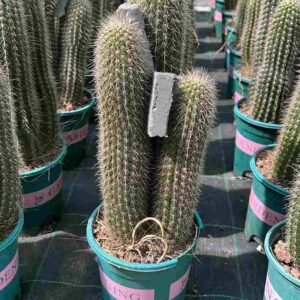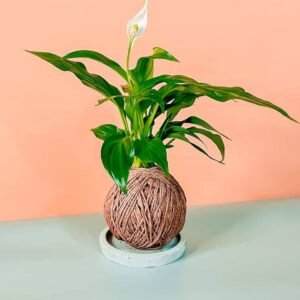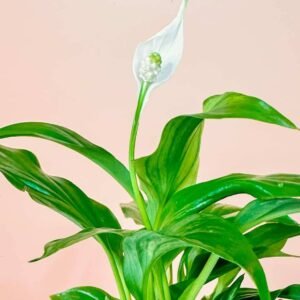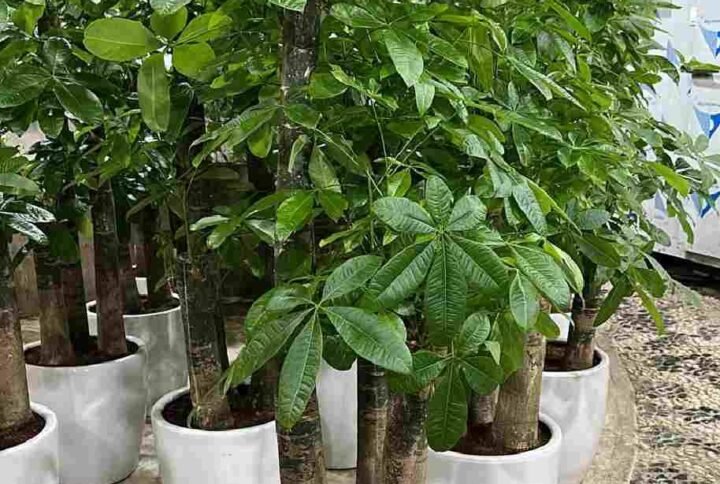Plant Bio
GENERAL INFORMATION
The Philodendron Xanadu is an easy-to-grow plant.
The best part is the older a Xanadu gets the better it looks.
It is a good-looking plant, with shiny green, leathery leaves, each with multiple lobes.
Unlike another philodendron, this is not a climber, instead, it grows in a mounded shape on a thick woody stem, often becoming wider than it is tall.
A compact, low maintenance choice for homes and offices, that will help purify your air.
SOIL REQUIREMENT
It flourishes in a well-drained moist soil thoroughly mixed with organic content such as peat moss, compost, etc.
Well-drained soil is soil that allows the flow of water in or out at a moderate rate.
When the plant’s soil is saturated with excess water, it reduces the oxygen intake of the plant from the soil, which may result in its death.
For your indoor planting, it is not recommended to use soil from the garden, if you look forward to a good result.
Soil from the garden might contain disease organisms, weeds seeds and may not be well-drained soil.
That said, you could use high-quality potting soil that is well-draining.
However, you should not just use a regular potting mix.
You should add some more ingredients, eg.30%-50% potting mix, and then for the rest of the soil, add perlite and orchid bark.
FEEDING/FERTILIZER REQUIREMENT
Feed them with a balanced liquid foliage houseplant fertilizer that contains macro-nutrients.
Slow growth and small leaf size is the plant’s way of telling you that it isn’t getting enough fertilizer.
Pale new leaves usually indicate that the plant isn’t getting enough calcium and magnesium, which are essential micro-nutrients for philodendrons.
LIGHT REQUIREMENT
It requires mild sunlight to thrive.
Filtered sunlight is most desirable.
Direct exposure to sunlight will lead to the burning of leaves.
WATER REQUIREMENT
It is a water-loving plant.
Watering should be done with a moderate amount of water.
You must ensure the plant’s soil is moist at all times.
Watering with excessive water must be avoided to prevent killing the plant.
When the plant’s soil is excessively watered or saturated with water, it reduces the rate of oxygen intake by the plate from the soil.
It could lead to the rotting of the plant root, which is the most critical and crucial part of a plant.
When the roots are rotten, the plant will be nutrient deficient and, in the long run, will lead to the death of the plant when not properly cared for.
This can be done by feeling the soil texture with your fingers.
If the soil contains some moisture, it will stick on the fingers, but when it doesn’t, it will fall off.
After this has been done and it was confirmed that water moisture is present, you can postpone the watering of the plant.
Otherwise, you water it at the very moment.











Reviews
There are no reviews yet.